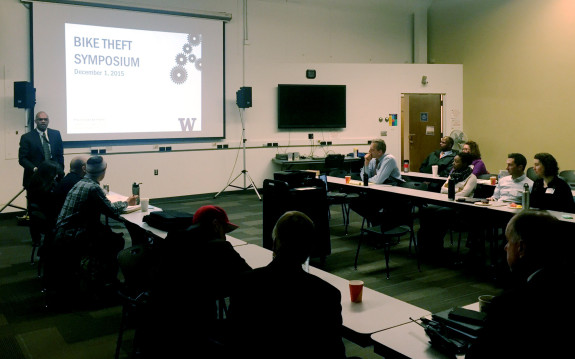This is part one of a series looking at the first year of usage data from Pronto Cycle Share. Pronto organized a “data challenge,” and the submissions they received go deeper than you might expect.
Did you know there are hills in Seattle? And did you also know it rains here kinda often?
It’s true, and there are bike naysayers who say investing in biking is pointless because people won’t bike up hills or in the rain. And sure, these are certainly factors in whether people choose to make a trip by bike, but there are still a whole lot of people who are not deterred.
Jake Vanderplas, a West Seattle safe streets advocate and very smart person, entered a lengthy analysis of Pronto trip data that earned him the “Most Insightful” award in the organization’s recent Data Challenge. And he found that both hills and weather affected bike share trips just about how you would expect.
But first, we have to separate two kinds of users: Annual members use bike share like a typical transportation system, so you see more traditional commute patterns with peaks during the morning and evening rush hours. If it’s a weekday, the vast majority of riders are members using the bikes for “regular” transportation.
On the other hand, short term pass holders are more likely to be making a non-commute trip, and many of them are probably visitors or locals giving the system a try. On a weekend, the majority of trips are made by short-term users.
 (more…)
(more…)












